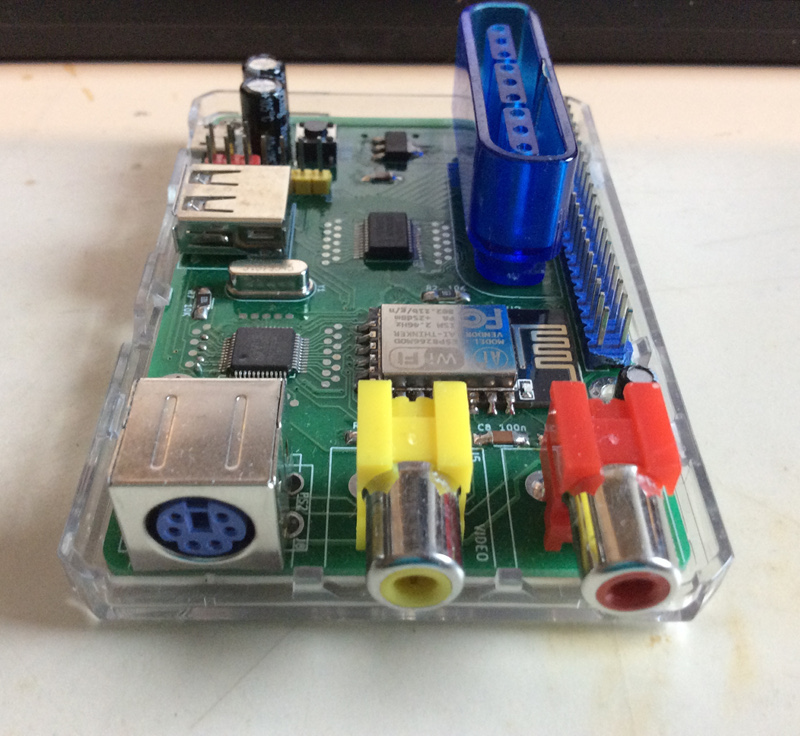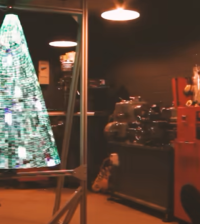- makeITcircular 2024 content launched – Part of Maker Faire Rome 2024Posted 2 weeks ago
- Application For Maker Faire Rome 2024: Deadline June 20thPosted 2 months ago
- Building a 3D Digital Clock with ArduinoPosted 7 months ago
- Creating a controller for Minecraft with realistic body movements using ArduinoPosted 7 months ago
- Snowflake with ArduinoPosted 8 months ago
- Holographic Christmas TreePosted 8 months ago
- Segstick: Build Your Own Self-Balancing Vehicle in Just 2 Days with ArduinoPosted 8 months ago
- ZSWatch: An Open-Source Smartwatch Project Based on the Zephyr Operating SystemPosted 9 months ago
- What is IoT and which devices to usePosted 9 months ago
- Maker Faire Rome Unveils Thrilling “Padel Smash Future” Pavilion for Sports EnthusiastsPosted 10 months ago
Basic Engine is a New Low-Cost Open Source SBC For Your Video Game Console

The BASIC Engine is a very low-cost single-board home computer with advanced 2D color graphics and sound capabilities, roughly comparable to late-1980s or early-1990s computers and video game consoles. It can be built at home without special skills or tools and using readily available components for under 10 Euros in parts, or mass-produced for even less.
The Basic Engine is a limited computer platform designed to be like a late-1980s game console or home computer, but with some useful modern benefits.
This firmware contains a basic operating system and BASIC interpreter (“Engine BASIC”) that allows the BASIC Engine to be used as a stand-alone computer programmable in the BASIC language. It provides easy access to the hardware’s capabilities as well as numerous other features. If you have never programmed a computer in BASIC or any other programming language, you may want to start with an Introduction to BASIC Programming.
Hardware features are listed below:
- ESP12-E/F module with ESP8266 SoC and 4 MB flash memory
- VS23S010 video controller with 128k VRAM and composite video output in PAL or NTSC
- 5-bit PCM sound from I2S controller
- MicroSD card slot
- PS/2 and PS/2-compatible USB keyboard interface
- PlayStation controller port
- PCF8575 I/O extender with 16 GPIO pins
- I2C and SPI busses on I/O expansion connector
- power supplied via Micro-USB socket or pin header
- RCA connectors for video and audio
Firmware, schematics and PCB layout are maintained on Github.















